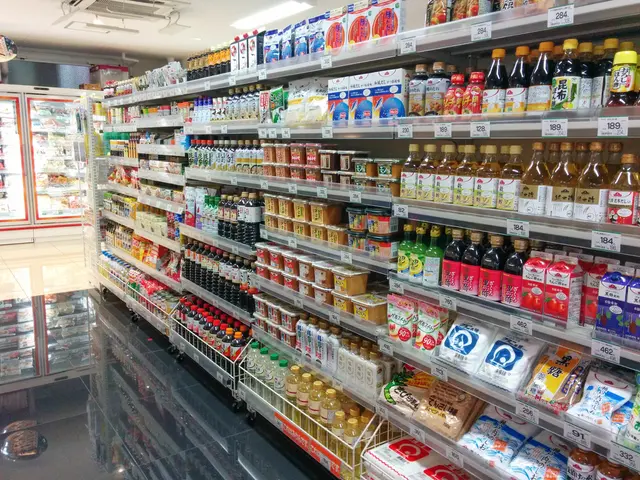Digital Preservation of Cultural Landmarks: Transforming Tradition through IoT Technology
The Internet of Things (IoT) is transforming the landscape of cultural preservation, providing precise, real-time data for informed decision-making. This technology is being employed by various institutions, including the British Museum, to monitor the location and condition of vast collections.
Monitoring and Predicting Damage
IoT sensors measure environmental parameters such as ambient temperatures, humidity, air quality, and exposure to light in cultural sites. This continuous monitoring helps prevent damage caused by microclimate fluctuations or physical disturbances. Additionally, AI-enabled systems analyze visitor behavior and structural conditions to detect early signs of damage or deterioration.
Smart Climate Control and Predictive Maintenance
AI-driven HVAC systems use sensor data to adjust environmental conditions dynamically, mitigating risks from heatwaves or power failures. Predictive maintenance, a combination of IoT data and machine learning, detects anomalies and predicts deterioration patterns before serious damage occurs.
Enhancing Visitor Experience and Scalability
Cloud-based dashboards provide remote access for conservators to monitor and manage sites or artifacts, even during transit or closure periods. This technology also offers the potential for smart guides and behavioral tracking, informing visitor management strategies without intrusive manual controls.
Overcoming Challenges and Ethical Considerations
Despite its benefits, the deployment and maintenance of IoT systems can be a challenge, particularly for underfunded heritage sites. Addressing technical challenges, such as resource constraints, scalability, and interoperability, is essential for responsible deployment.
Data privacy and security are also significant concerns, particularly in smart spaces. Collection of visitor data, such as facial recognition, raises privacy concerns and requires careful cultural and ethical considerations. Implementation of monitoring technology should account for cultural values and engage stakeholders to avoid intrusive surveillance or disrespect of intangible heritage.
The Future of Cultural Preservation with IoT
The future of cultural preservation with IoT involves the integration of other technologies like Augmented Reality (AR), Virtual Reality (VR), and blockchain. These technologies offer access, support digital records, and maintain the veracity of digital objects.
For instance, AR and VR can minimize physical demands on vulnerable locations by offering access to heritage. The Leaning Tower of Pisa is equipped with IoT sensors to monitor its tilt and structural stability, while the Sistine Chapel employs IoT systems to monitor and control microclimatic conditions.
IoT networks can be integrated with natural disaster alert systems, providing real-time warnings for heritage sites and artworks to prevent damage from earthquakes, floods, and fires. IoT devices can track micro-regressions in the structural integrity of buildings, bridges, and monuments, helping conservators catch weak spots before significant losses occur.
The Great Wall of China employs IoT technologies to manage visitor flows, reducing strain on specific sections. IoT-connected RFID tags and GPS devices are used to monitor the movement of important objects in museums and on ships.
However, protecting sensitive data related to cultural sites is essential to prevent misuse or cyberattacks. Blockchain can support the veracity and auditability of digital records and objects in cultural preservation.
In conclusion, IoT provides powerful tools for heritage conservation by enabling real-time environmental control, early damage detection, and informed preservation strategies. Addressing technical, privacy, and ethical challenges is essential for responsible deployment. The future of cultural preservation lies in the integration of IoT with other emerging technologies.
Technology like IoT sensors and AI-enabled systems are crucial in monitoring the environmental conditions and visitor behavior in cultural sites, helping prevent damage and deterioration, and providing early signs of potential issues. AI-driven HVAC systems use sensor data to dynamically adjust environmental conditions and predictive maintenance employs machine learning to detect anomalies and deterioration patterns, mitigating risks before serious damage occurs.




